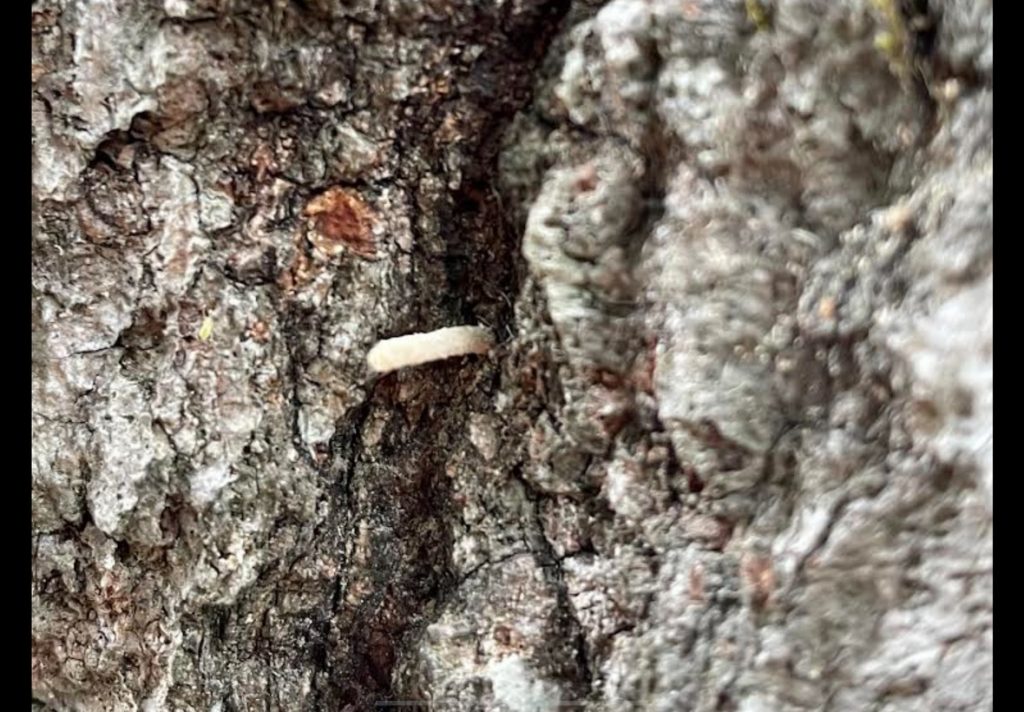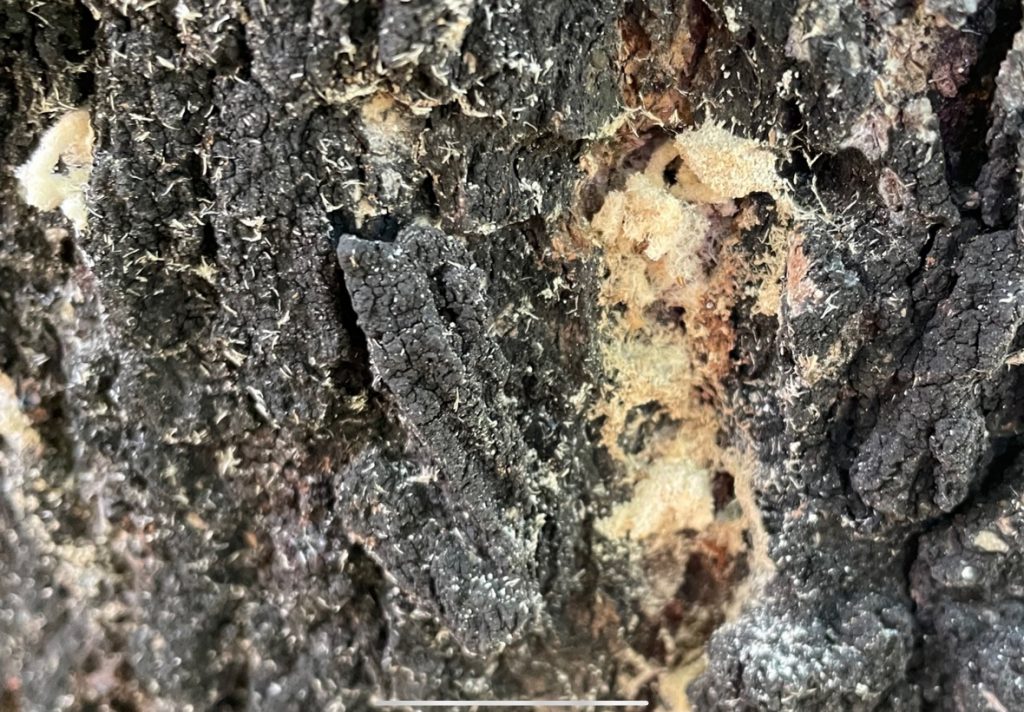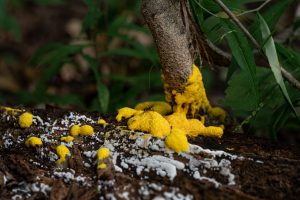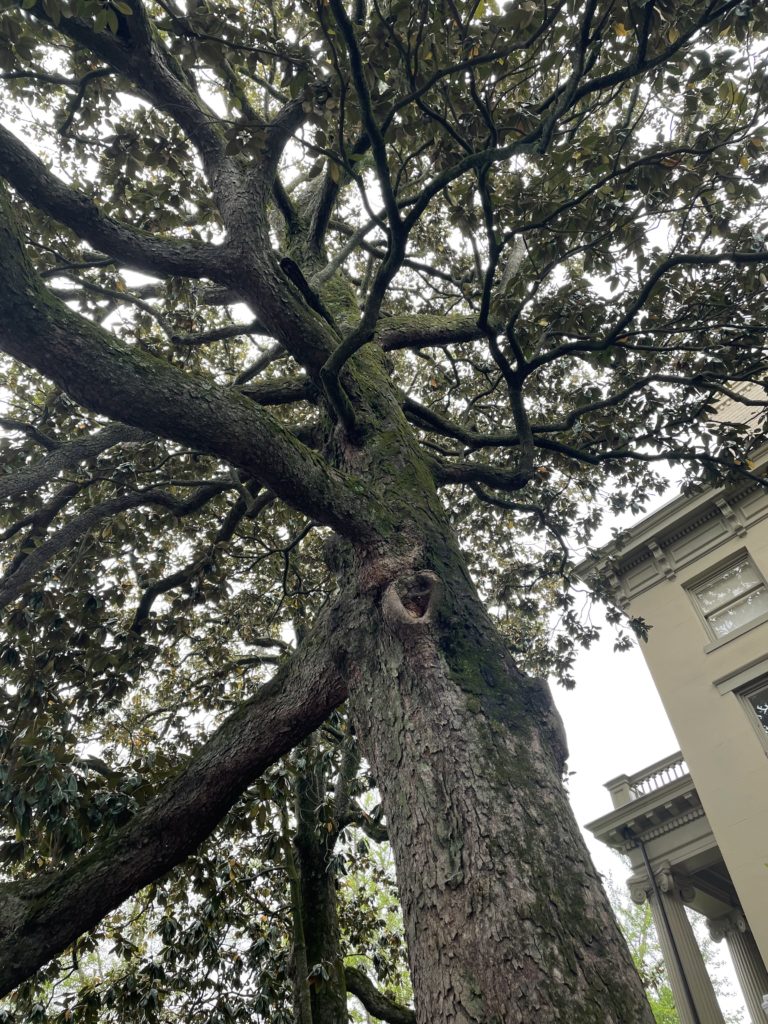
There’s been a lot of excitement around the cicadas emerging this year, and in some areas there will be 2 different broods present at the same time. What does this mean?? It’s gonna be loud for a few weeks and a couple might get in your house, cover the plants on your property and land in your trees. These little guys have just a few days to complete their life cycle, to breed and lay eggs before they die and become food for everything in the local ecosystem. In the wake of their 3 day bender they’ll leave select trees damaged, with some that could look quite shabby after their little party. Is there anything we can do to help with this damage?
The female laying eggs will use trees and shrubs with stems that are ¼ to ½ inch in diameter. They burrow into the woody material in several places, cutting slits to lay their eggs in that weaken the ends of limbs and twigs that could break and hang, called ‘flagging.’ This is mostly the leafy ends of your larger trees that will look torn and sickly, but this damage is mostly superficial and it generally needs no mitigation. Smaller trees, including young trees and ornamentals, are more susceptible to this as most of their stems are within the vulnerable size for damage. Tree species in the Richmond area that cicadas might use include Oak, Maple, Ash, Elm, Chestnut, Hawthorn, Redbud and most fruit trees.
I’d recommend getting some bird netting for some small ornamentals and recently planted trees. Make sure you order the netting that has holes no larger than a ¼ inch to keep the cicadas out completely. If you notice some of them getting in and landing on your tree you’re probably okay, and if you’d like you can prune the ends off where the females had laid their eggs. Dispose of these pruned pieces so the newly hatched larvae don’t crawl into ground at the base of your tree and eat the roots for the next 13 to 17 years.
If you’d like to find out more information for where the cicada broods are emerging and help keep track of their broods you can download Cicada Safari. It’s a pretty cool app that was put together by a collaborative, directed for scientific research to better understand the cicadas by monitoring their broods. Please check it out
.






















































